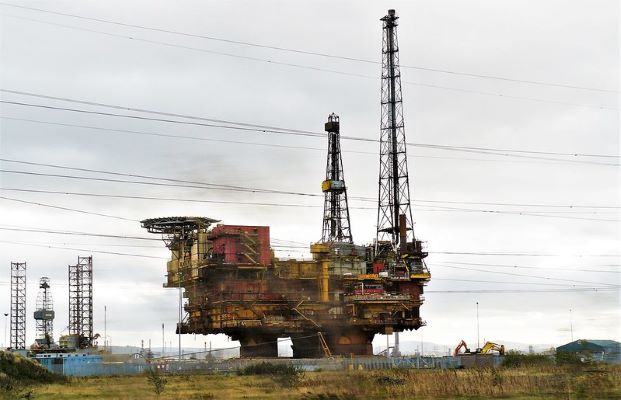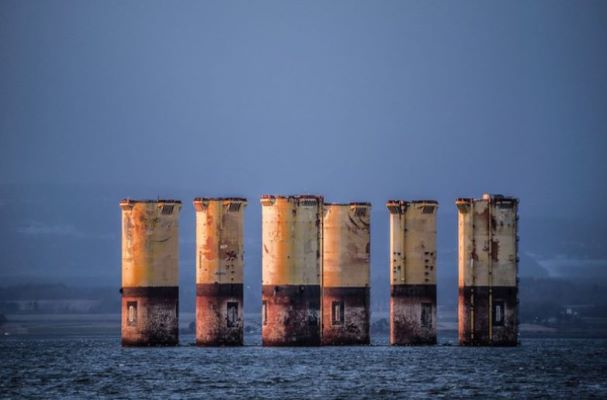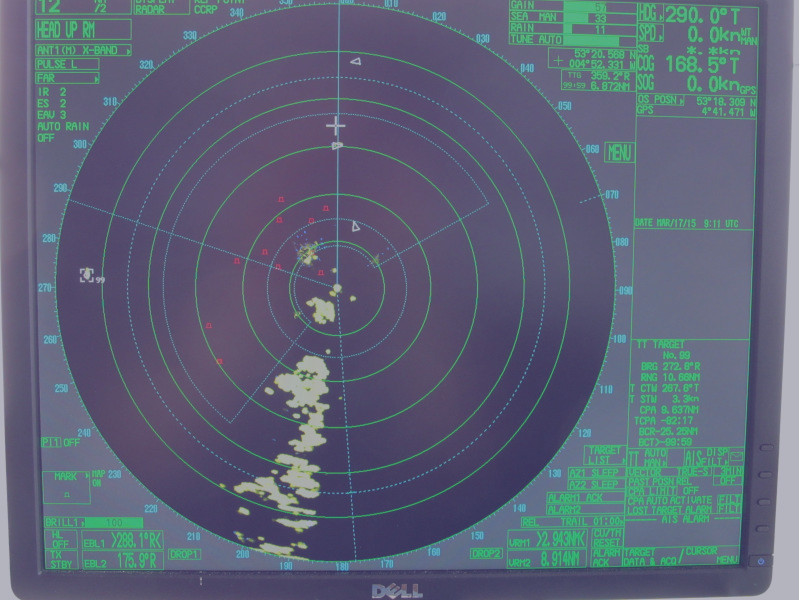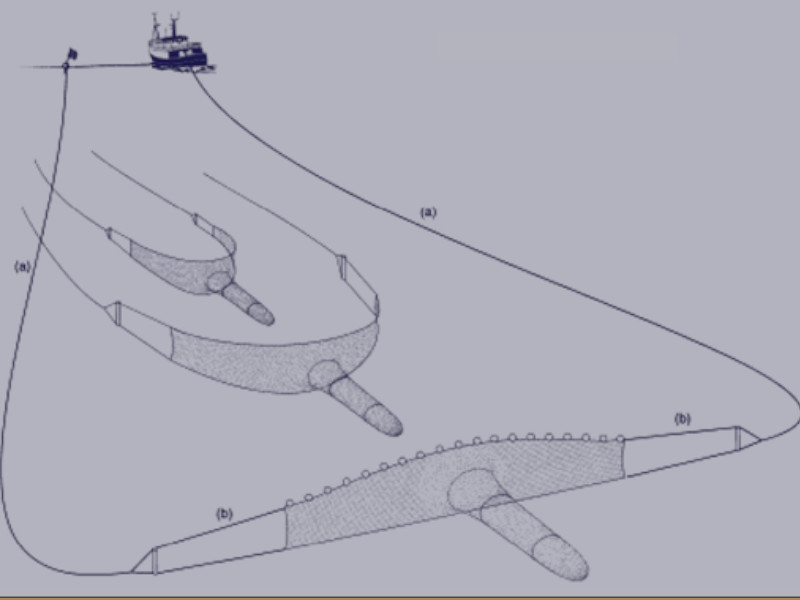Decommissioning

Anatec are experienced in performing risk assessment for oil and gas operators, enabling them to make informed choices and satisfy regulators (e.g., Department for Energy Security and Net Zero (DESNZ)), their consultees (e.g., Maritime and Coastguard Agency (MCA), Trinity House and Northern Lighthouse Board) and stakeholders (e.g., Scottish Fishermen’s Federation (SFF) and National Federation of Fisherman’s Organisations (NFFO)) when seeking consent for decommissioning projects.
Our research has ensured the risk to maritime stakeholders of options such as leaving platform footings, pipelines, bundles and other subsea structures in place are considered on a case-by-case basis as part of the comparative assessment required by the DESNZ decommissioning guidance. This allows for a full reasoned argument for the consent process, tailored to the specific circumstances of the location. Risks associated with decommissioning of infrastructure include passing vessel collisions with surface structures and fishing gear snagging on subsea structures and results are presented as Potential Loss of Life (PLL).


We can also assist oil and gas companies in meeting the decommissioning guidelines issued by the General Lighthouse Authorities (GLAs) to meet their requirements during decommissioning and total removal of offshore structures. This includes preparation of a Navigational Risk Assessment, which is required as part of the application process, and includes a vessel traffic survey, collision risk assessments, identification of appropriate mitigation measures, assessment of Search and Rescue services and consultation with key stakeholders.
Please contact us if you would like to find out more about how we can assist with decommissioning.




